21. March 2024 | Thomas Hauser
I have a confession to make: In my article of the same name in
NZZ of 24 April 2008 (only available in German) I made a mistake. I came to the conclusion that hedge funds are unable to improve on either the returns or risk of a mixed portfolio of shares and bonds, particularly after costs are taken into account.
Unfortunately the assumption that hedge funds are comparable to a mixed portfolio was too charitable. For one thing, at that time only the sufficiently long data series of the distorted HFRI hedge fund index was available, which suffers from a survivorship bias. We can estimate this error by comparing the HFRI Fund Weighted Composite Index (CHF hedged) with the newer HFRX Global Hedge Fund Index (CHF hedged): The survivorship bias probably led to the returns being at least 2.5% too high. Secondly, the data from this newer hedge fund index is extremely sobering: Since its introduction 26 years ago (in 1998) the returns in francs have stood at 1.5% p.a. and the fluctuations (volatility) at 5.7%. This is worse than Swiss franc bonds; which have higher returns of 2.4% and lower fluctuations of 3.7%. Swiss franc bonds also performed better based on the data for the period of 15 years since the financial crisis (from 2009): Returns stood at 1.6% p.a. compared to 0.0% in the case of the Hedge Fund Index. Bonds also fluctuated less, at 3.9% compared to 4.4% for hedge funds. From today’s perspective we must therefore conclude that hedge funds don’t even come close to bonds in terms of investment parameters! And that’s without taking into account their high implementation and monitoring costs.

